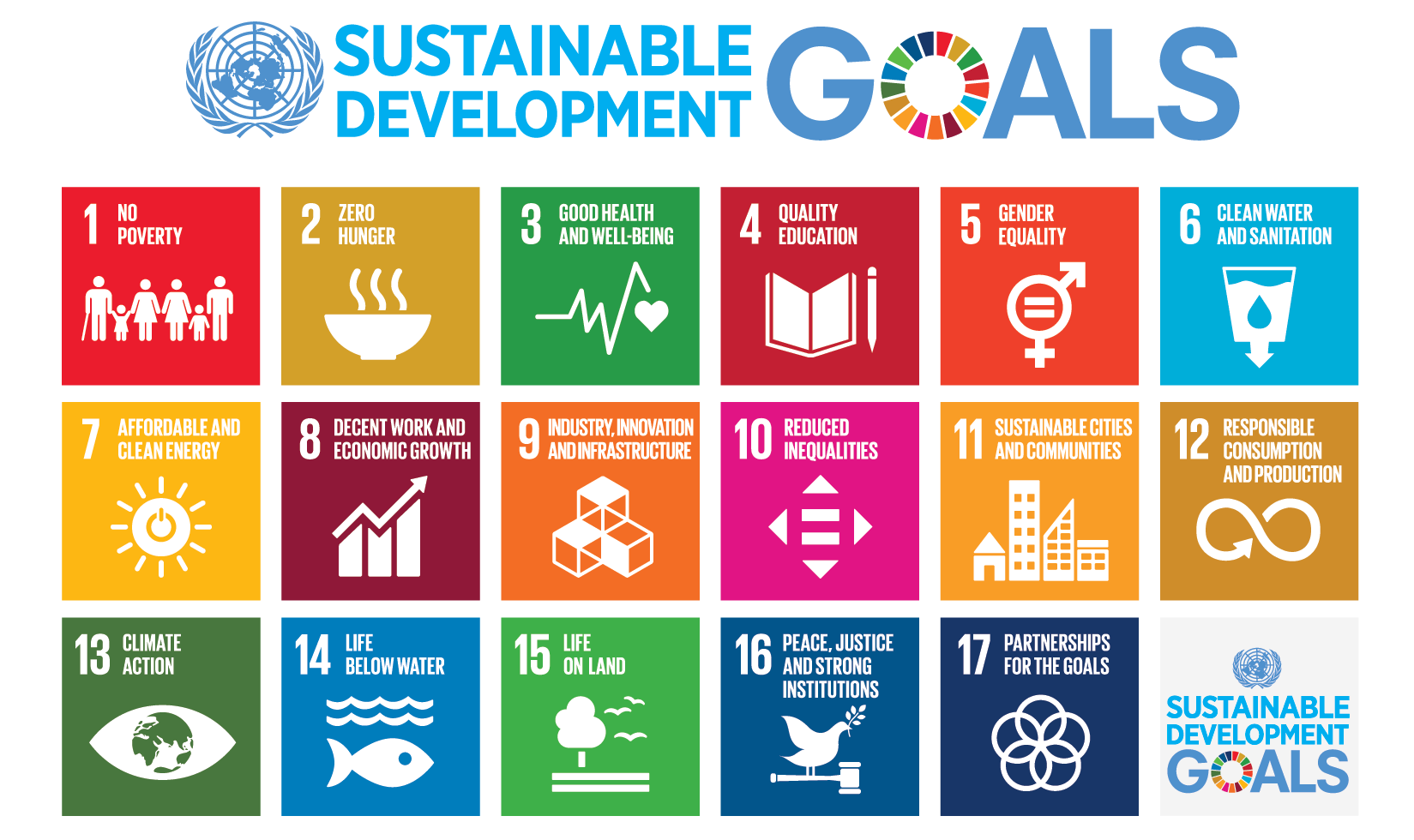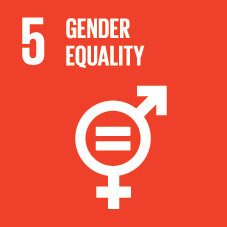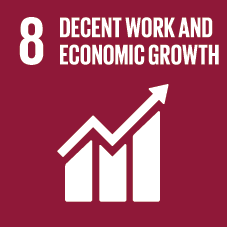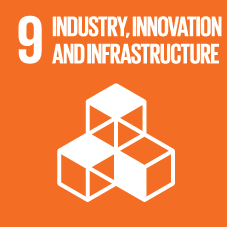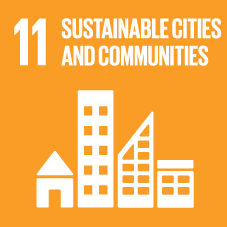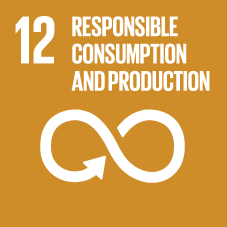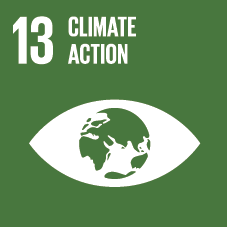Logistics park
Mainz
ESG-ALIGNED LOGISTICS PARK IN THE BIOTECH & RESEARCH CLUSTER
In the heart of the Mainz-Hechtsheim biotech cluster, we are developing a sustainable logistics park that intelligently combines research, production and distribution. The property is being gradually upgraded to enhance energy performance and will have an ESG-aligned infrastructure – including BREEAM certification. A high-performance and sustainably designed location in the heart of the Rhine-Main region.
Year of Construction/refurbishment:
1976 / 2002
Site area:
17.329 sqm
Rental Area:
14.064 sqm
Location:
Carl-Zeiss-Straße 10, 55129 Mainz-Hechtsheim
ESG Highlights:
BREEAM "Very Good" aimed for, PV system, heat pump to supplement gas heating, energy-saving lighting











Location and Connection
The property is located in Mainz-Hechtsheim, a leading economic region for logistics, pharmaceuticals and production. The city is one of Germany’s leading biotech clusters and is home to a large number of well-known companies, renowned research institutions and universities.
Thanks to the excellent transport connections, the location offers ideal conditions for logistics companies:
- Direct connection to the A63 and A60 highways
- Short distances to Frankfurt International Airport
- Well connected to public transport – ideal for workforce mobility and accessibility
History
The 17,300 m² site was originally built on in 1976 and extended in 2002. Today, the property is fully let and hosts leading businesses including
- Schott AG – Global technology group with focus on specialty glass and advanced ceramics
- Atrikom Fulfillment GmbH – Specialist for project-related logistics and services
- Rock’n Rooms Rhein-Main GmbH – Provider of flexible storage and event space
In addition, the roof is leased to a PV system operator, which means that the property is already contributing to a sustainable energy supply.
Project status & ESG-Strategy
The property will be successively modernized in terms of energy efficiency in order to increase the ESG conformity of the property:
- Roof renovation to improve building efficiency
- Conversion to LED lighting for an energy-efficient lighting solution
- Supplementing the existing gas heating system with a heat pump to reduce the carbon footprint
- Aiming for BREEAM “Very Good” certification to ensure high ESG standards
These measures not only increase the sustainability of the property, but also increase its future-readiness as an efficient logistics hub in the Rhine-Main region.
ContaCt
Katerine Witte
INBRIGHT Development GmbH
Erasmusstraße 14
10553 Berlin
Tel.: +49 30 403 686 2-0
E-Mail: kw@inbright.de


